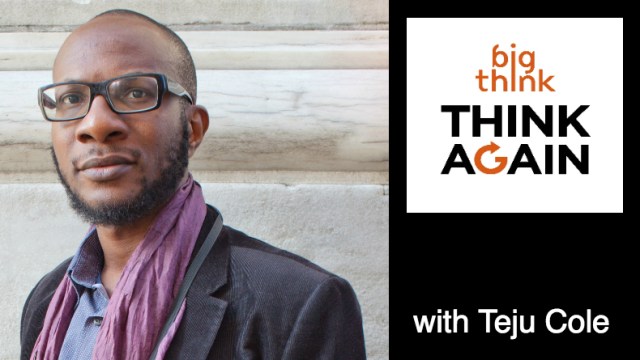An Effective Therapy for Depression

We know that exercise helps alleviate depression, especially aerobic movement. There is plenty of evidence that meditation helps lift one out of the doldrums as well. A new study published in Nature and conducted at my alma mater, Rutgers University, combined these formats, with positive results.
The researchers focused on neurogenesis, the growth of neurons from neural stem cells. A healthy brain will grow thousands every day, predominantly in the hippocampus, a region that aids in memory and emotional regulation. Stress is a known cause of restricted neurogenesis, which can then lead to depression. This study is based on the idea that depression is caused by a reduced number of neurons being produced in the brain.
Aerobic exercise like running has been shown to double the amount of new neurons created in active versus sedentary animals. The researchers decided to study how MAP (mental and physical) training could potentially help alleviate depression. They are working from the well-trod literature that began with Richard J. Davidson’s work in brain mapping the neural correlates of meditation.
The study included fifty-two participants coming into the laboratory twice weekly for eight weeks. Each session included a half-hour of focused-attention meditation and a half-hour of moderate-intensity aerobic exercise. Individuals with major depressive disorder reported noticeably less depression during follow-up visits. As the researchers write,
Although previous research has supported the individual beneficial effects of aerobic exercise and meditation for depression, these findings indicate that a combination of the two may be particularly effective in increasing cognitive control processes and decreasing ruminative thought patterns.
Ruminative thinking is an important marker of depression; major signs include the inability to concentrate or make decisions. Feeling purposeless and unfocused cause people to question their self-worth; feeling unmotivated is a challenging hole to climb out of.
When Davidson scanned the brain of French writer and Buddhist monk Matthieu Ricard in 2008, he had Ricard meditate in four different styles: compassion, focused attention, open-presence, and devotion. While we usually treat meditation as one format, there are a number of ways to focus, depending on tradition and goals.
During focused attention, Davidson writes,
The classical network of attention areas, including the prefrontal and parietal cortices, were activated.
Where we give our attention dictates how we perceive reality. More than anything this study shows how combining effective techniques might provide a more powerful antidote than one practice alone.
After only eight weeks, participants reported a 40 percent decrease in depressive symptoms. For only two hours a week, sixteen hours total, that’s an intervention worth looking into.
—
Derek Beres is working on his new book, Whole Motion: Training Your Brain and Body For Optimal Health (Carrel/Skyhorse, Spring 2017). He is based in Los Angeles. Stay in touch on Facebook and Twitter.





